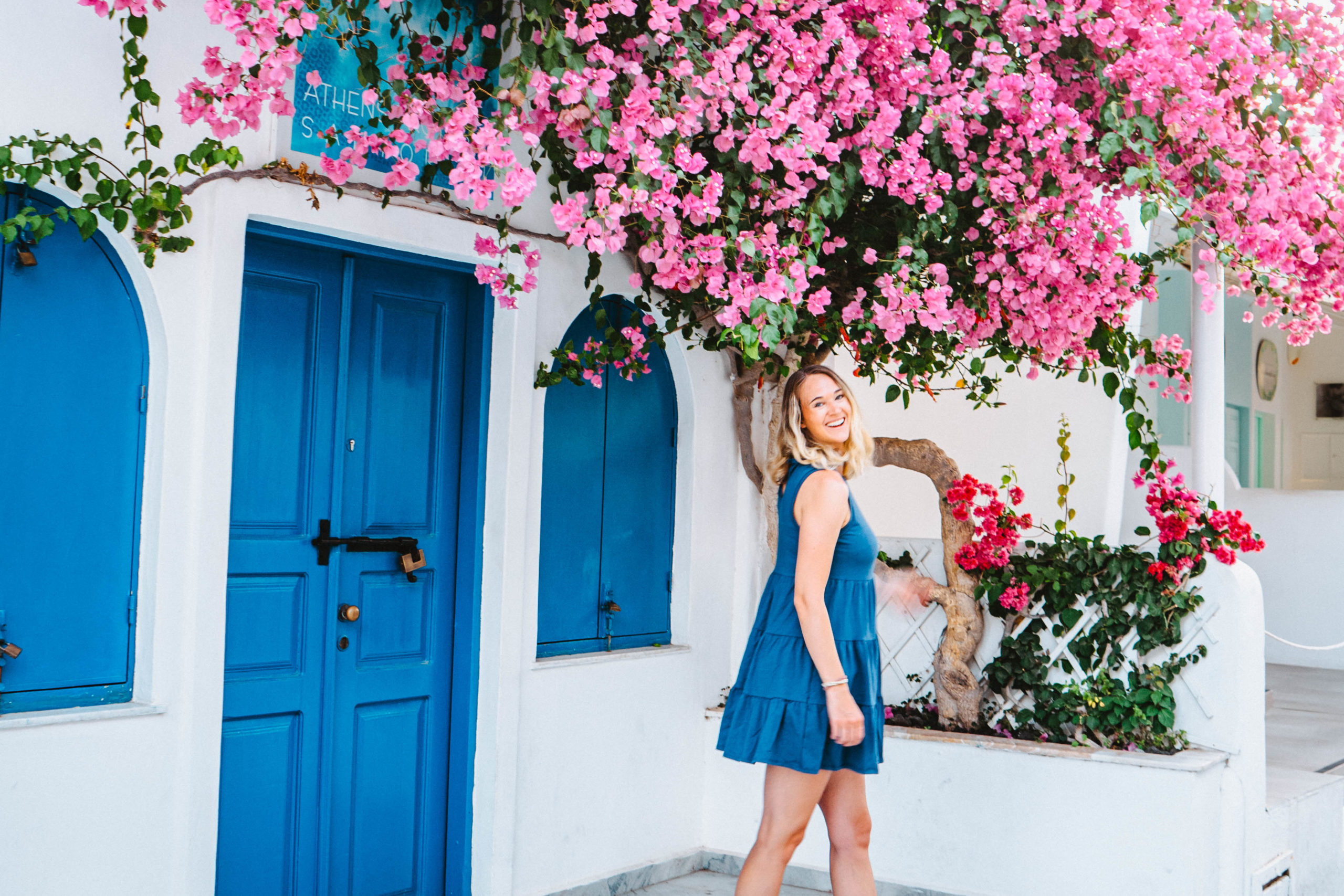February 14, 2022
cost-of-living-in-croatia
check out the latest
take quiz now
For the coach or DFY service provider ready to sell out their services, stand out from the crowd, & hit $100k. It's time to stop winging it & shouting to a void. Take the quiz to diagnose your offer gaps and get instant results & action steps to fix it!
discover what's preventing your offer from standing out & selling out
offer oversight quiz
Take the Quiz
the freebies
download
how to start your online business
calculator to replace your 9-5 salary
SPREADSHEET
mini course
starting your biz
coming soon
breakthrough: scaling to multi-6 figures
private podcast
scaling calculator
spreadsheet
scaling
coming soon
full of exclusive content from Amanda, industry updates and resources, and short digestible content to give your week a major power up!
join the weekly newsletter
programs
courses
Something tells me you belong here and desire something more.
hi, i'm Amanda
Three years ago, I chose to quit my corporate 9-to-5, sold all my belongings, and booked a one-way ticket to Thailand. I had no real plan—just a burning desire to see the world and a bone-deep certainty that there was more to life than my mind-numbing day job.
Since then I have started multiple business ventures including LLCo. which has scaled to over $1 million dollars in 2 years, and has helped hundreds of women from all over the world build profitable online businesses, defy expectations, and create a freedom lifestyle on their terms—no one else’s.
Every day you get to choose again as to how you will live your life - and every defining moment will come down to just that, a choice.
Here’s the thing - your past story, knowledge, and experiences may have shaped you to be where you are now, but they don’t have to define where you go next.
Hey there, I’m Amanda Kolbye. I’m on a mission to help female entrepreneurs acquire business tools & knowledge so they can create generational wealth and a life where you never think “is this it?” In our world, women become unstoppable. In our world, limitless is the only boundary we adhere to.
7-figure international business coach, online educator, and founder of Laptop Lifestyle Co.



